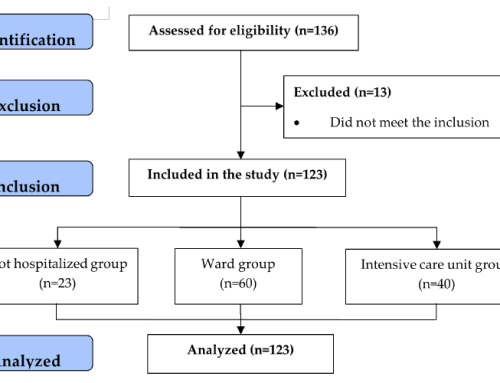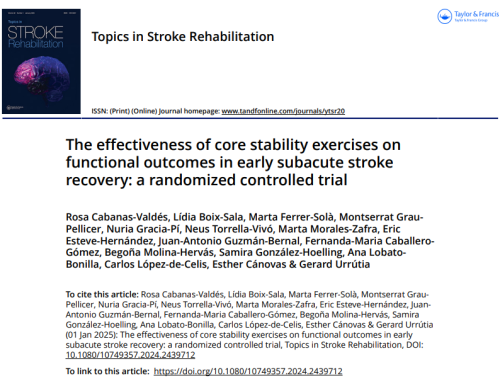ARTICLE. Torné A, Puigoriol E, Zabaleta-del-Olmo E , Zamora-Sánchez JJ, Santaeugènia S, Amblàs-Novellas J. Reliability, Validity, and Feasibility of the Frail-VIG Index.
Int J Environ Res Public Health. 2021 May 13;18(10):5187. doi: 10.3390/ijerph18105187.
Abstract.
The study aimed to assess the reliability of the scores, evidence of validity, and feasibility of the Frail-VIG index. A validation study mixing hospitalized and community-dwelling older people was designed. Intraclass correlation coefficient (ICC) was used to assess the inter-rater agreement and the reliability. The construct validity of the Frail-VIG index with respect to the Frailty Phenotype (FP) was evaluated by calculating the area under the receiver operating characteristic curve (AUC-ROC). Convergent validity with the Clinical Frailty Scale (CFS) was assessed using Pearson’s correlation coefficients. The feasibility was evaluated by calculating the average time required to administer the Frail-VIG index and the percentage of unanswered responses. A sample of 527 older people (mean age of 81.61, 56.2% female) was included. The inter-rater agreement and test-retest reliability were very strong: 0.941 (95% CI, 0.890 to 0.969) and 0.976 (95% CI, 0.958 to 0.986), respectively. Results indicated adequate convergent validity of the Frail-VIG index with respect to the FP, AUC-ROC 0.704 (95% CI, 0.622 to 0.786), and a moderate to strong positive correlation between the Frail-VIG index and CFS (r = 0.635, 95% CI, 0.54 to 0.71). The Frail-VIG index administration required an average of 5.01 min, with only 0.34% of unanswered responses. The Frail-VIG index is a reliable, feasible, and valid instrument to assess the degree of frailty in hospitalized and community-dwelling older people.
Keywords: feasibility; frailty; frailty index; psychometrics; reliability; validity












Leave a Reply